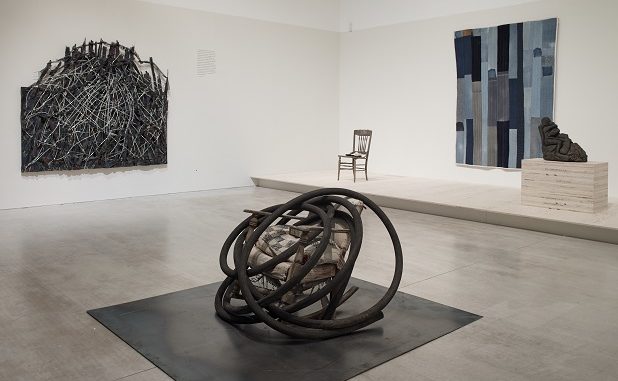
Review by Dan Thompson
Real art talks directly to you, and doesn’t rely on your knowledge for its understanding. And while Turner Contemporary’s new exhibition We Will Walk is of work made half a world away and in some cases 50 years ago, if you spend some time you’ll find it talks to people living difficult lives in Margate today.
When people say they don’t understand art, it’s often because they’ve never been in the same room as it (a photo of Tracey Emin’s bed has none of the emotion you get when you’re in the same room as the bed). And We Will Walk does need you to walk into the room, to be close to what’s been made, and to listen to exhibition’s blues, jazz, and soul playlist.
The show brings together raw paintings, handmade quilts, photographs and sculptures. The work has been made by African-American artists, and was often not intended to be seen in a gallery, but made for display in the artist’s yard.
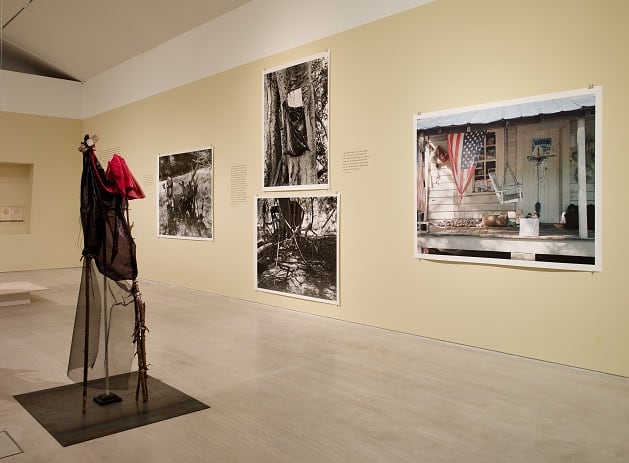
These works are often assemblages – sculptures made from found objects, like old tree roots and weathered rocking chairs. Ralph Griffin has made an eagle with outstretched wings from scraps of old wood. Ralph worked a cotton farm, went bankrupt, and spent years working as a labourer and later as a security guard at a factory. His eagle is alive, about to fly, and you can see that Griffin was not only recording what he could see before him, but was yearning to fly himself.
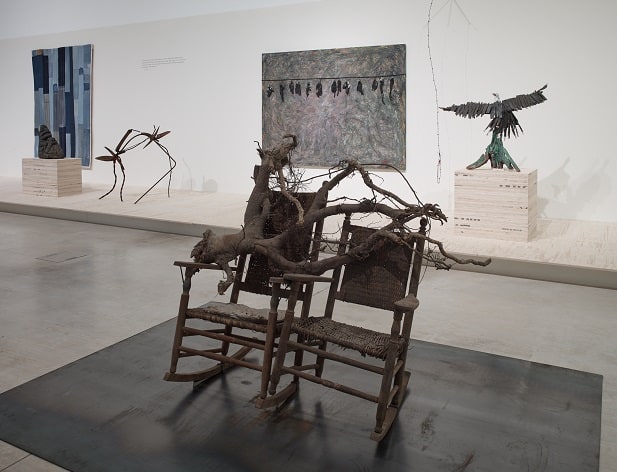
While some contemporary artists make a point of playing with old things, these artists were using scraps from necessity. These were artists working in poverty, and away from a ready supply of artists’ materials. These, in particular, make a connection between Margate and Alabama: anyone living here has seen similar old chairs dumped on street corners, and more than a few Margate back yards have collections of old furniture, driftwood, and plant-pots made from found objects.
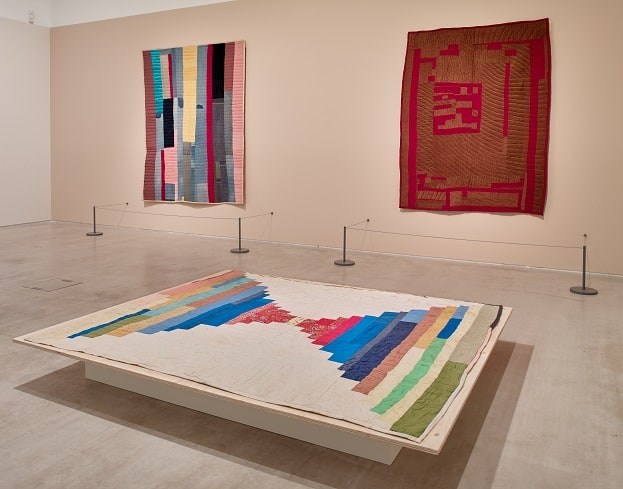
Similarly, the work of quilters from Gee’s Bend reuses old materials. As work by women is often under-represented, or demoted to just ‘crafting’, and I come from a family of incredible stitchers, I’d like to name the artists, not just call them ‘the Gee’s Bend Quilters’. There are hand-stitched quilts by Louisiana Bandolph, Pearlie Pettway Hall, Annie Mae Young, Louella Pettway, Mary Lee Bendolph, Loretta Petway, Henrietta Petway.
The quilts have clearly been used, too, as they should be. That is, they were made to be lived with not to be hung on walls. They are faded – look at the edges, where stitching is loosened and borders have lifted, and you can see the more vibrant original colours. To hand-stitch a quilt takes about fifty hours of work. As you look at them, think about that time.
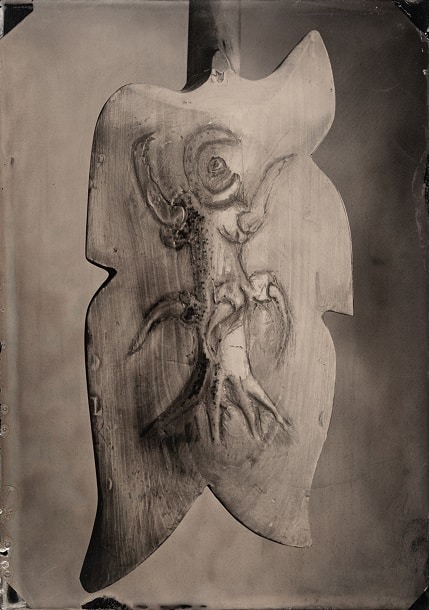
Similarly, look closely at the guitar bodies made by Freeman Vines. One of them is made from the wood of a tree used by a lynch mob to hang Oliver Moore. As you look, think about that forgotten, wasted life.
It’s easy to dismiss Turner Contemporary, and to think it’s ‘for Londoners, not for locals’. But perhaps, if you walk in the room and take some time, you’ll find the connections between the art on the walls and the experience of the lives outside them. It’s not always obvious, but in We Will Walk, there are plenty of points of connection.
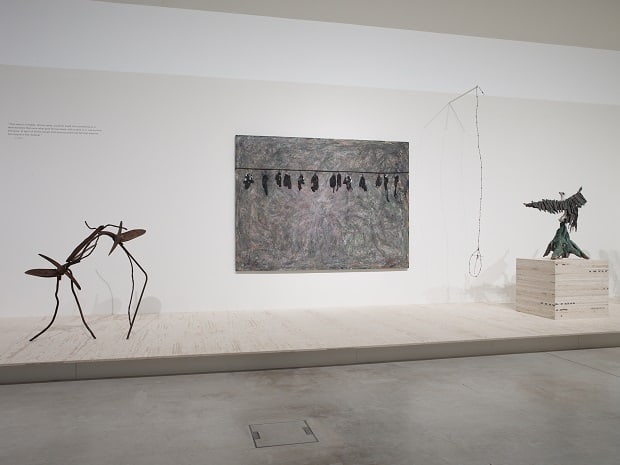
And that’s what art is – a shared moment, across time and through space, where the maker and the viewer come together. The ‘We’ in the exhibition title, it’s us, not a group of artists from another country and another time. Come inside, spend some time. Us, here and now in a hard place under difficult circumstances, together.
We Will Walk is supported by the Henry Moore Foundation and Art Fund and is open at Turner Contemporary from February 7 until May 3.

